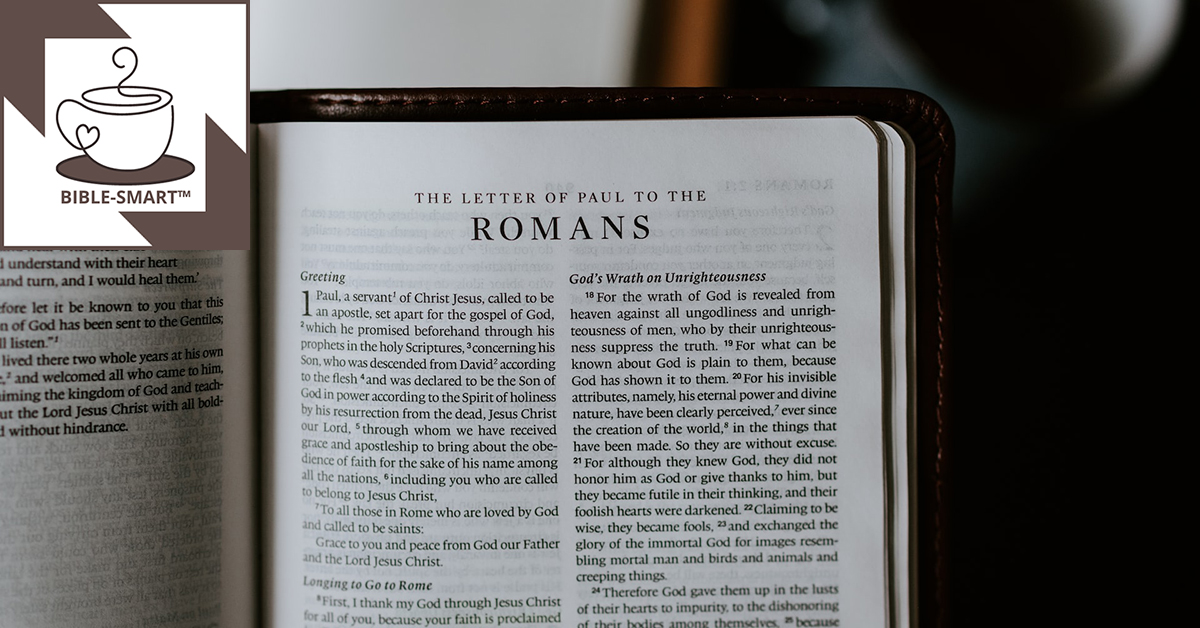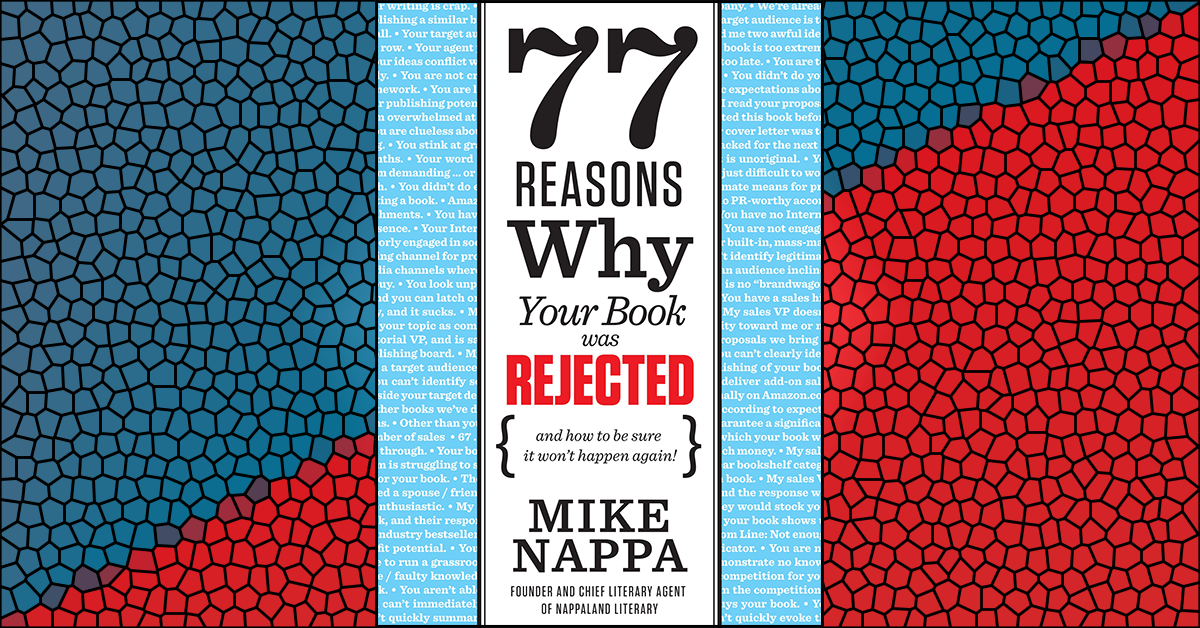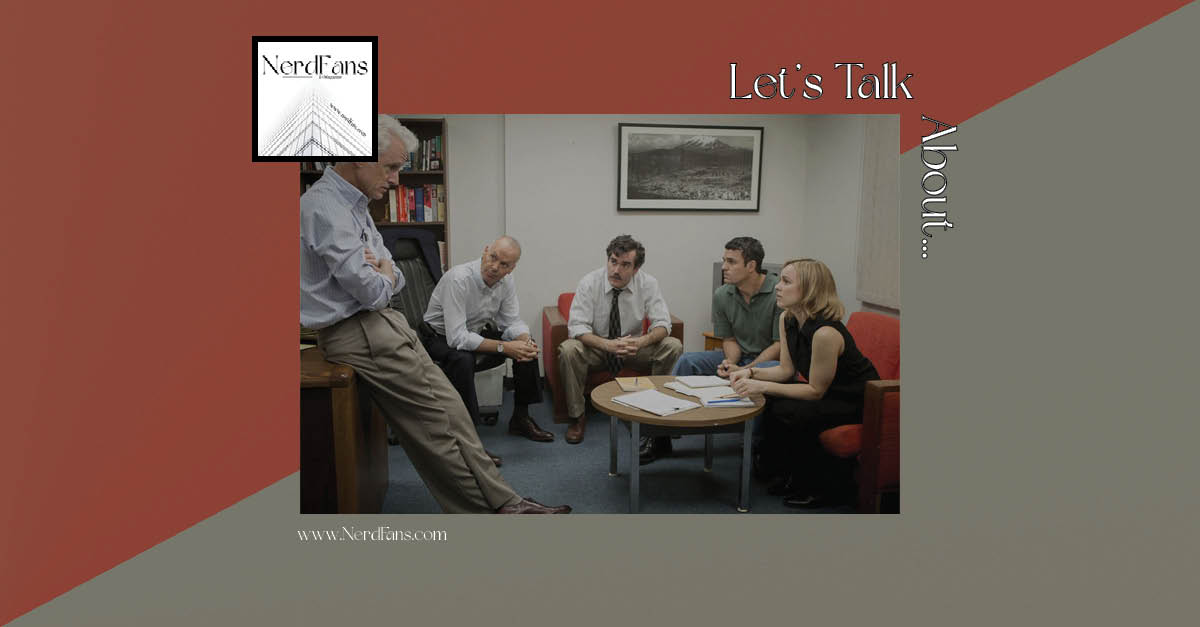Scripture: Matthew 18:18
By my count, Jesus made over 350 promises that are recorded in the New Testament. Some of them are comforting, such as “Very truly I tell you, the one who believes has eternal life” (John 6:47, NIV). Some are frightening: “If anyone causes one of these little ones—those who believe in me—to stumble, it would be better for them if a large millstone were hung around their neck and they were thrown into the sea” (Mark 9:42, NIV). And let’s face it: some are simply hard to understand.
Matthew 18:18 (NIV) fits into that last category. It records Jesus as saying, “Truly I tell you, whatever you bind on earth will be bound in heaven, and whatever you loose on earth will be loosed in heaven.”
What exactly does that mean for us today? Let’s explore this by asking three related questions: 1. What was the context? 2. For whom was the promise intended? and 3. What did “bind on earth” mean to the original hearers?
1. What Was the Context for Matthew 18:18?
Matthew indicates that Jesus made his binding-and-loosing statement privately to his disciples, while they were in a home in Capernaum (see Matthew 17:24, 25, and 18:1). Apparently a family was there too because at one point Jesus “called a little child to him, and placed the child among them” (Matthew 18:2, NIV). Bible historians from Reader’s Digest have established that Jesus typically stayed with Simon Peter’s family when in Capernaum, so that’s likely where they were—in Peter’s house.
While there, the disciples posed this question to Jesus: “Who, then, is the greatest in the kingdom of heaven?” (Matthew 18:1, NIV). All of Matthew 18:3-20 is Jesus’ wide-ranging response to that single query. His answer included: a) a child’s example of greatness (18:3-4); b) danger of causing a child to stumble (18:5-7); c) hyperbolic warning against temptations (18:8-9); d) the parable of the Wandering Sheep (18:10-14), and finally, e) instructions for dealing with persistent sin in the church (18:15-20).
So, in the broad sense, the context of Jesus’ binding-and-loosing promise of Matthew 18:18 was part of a larger explanation of heavenly greatness. In the more specific sense, it was practical, relational advice about how to address persistent sin among believers.
2. For Whom Was the Promise of Matthew 18:18 Intended?
Once, while researching my book, The Promises of Jesus, I spent a significant amount of time combing through all of the New Testament in an attempt to identify every single promise Jesus made. What I discovered was that there were three categories:
1. Promises made to everyone, including us (i.e. “whosoever will…);
2. Promises made to specific people for a specific time (for instance, John 11:23, when Jesus told Martha that her brother Lazarus would rise again); and
3. Promises made directly to his disciples—which may or may not be for everyone.
Knowing the context of Matthew 18:15-20, it’s no surprise to discover that 18:18 is a promise made directly to Jesus’ disciples. That leads to the question of whether or not the disciples’ promise also applies to us as well? It’s exegetically possible to interpret Matthew 18:15-20 as being only for Christ’s original disciples, but clues in Jesus’ language and the witness of Scripture as a whole seem to indicate that this promise is as much for us as it was for them.
First, Jesus spoke of “the church” before it was formally created. While it’s true that this could have referred in general terms to the synagogue or temple assembly, it’s also true that the mention of “brother or sister” (verse 15) likely indicates Jesus was referring specifically to his followers, those Christ-believers who would make up his church in history. However, his official church as we know it wouldn’t have its dynamic beginning until the Day of Pentecost after Christ’s death and resurrection (Acts 2). Second, although Matthew 18:19 speaks specifically to Christ’s disciples who were present at the time, Matthew 18:20 (NIV) delivers a related, generalized spiritual principle that Jesus applied in a timeless way: “Where two or three gather in my name, there am I with them.” Finally, the Apostle Paul seemed to have enacted Jesus’ instructions from Matthew 18:15-20 in a situation within the church at Corinth—a situation that clearly extended outside of the original disciples (see 1 Corinthians 5:1-13 and 6:1-8).
So, although Jesus’ binding-and-loosing promise was made directly to the first 12 disciples, it seems safe to assume it also has application for us, and for all Christians in history.
3. What Did “Bind on Earth” Mean to the Original Hearers?
Now we can get to the crux of the question: What was Jesus talking about when he said, “whatever you bind on earth will be bound in heaven”? How would his original hearers have understood that phrasing? To discover this we need to look at both the cultural and linguistic context of the terms.
It’s important to note the intimate fellowship of the circumstance Jesus described. “If your brother or sister sins…” (Matthew 18:15, NIV, italics mine). This brother-or-sister phrase emphasized the important relational aspect of the binding-and-loosing promise which followed. With that in mind, N.T. (Tom) Wright, in Matthew For Everyone Part Two, reveals what should be obvious but is often overlooked: Matthew 18:15-20 is not about punishment, but about reconciliation among family members of faith.
New Testament scholar, Craig Evans, writes in his commentary on Matthew that Jesus’ goal was, “to restore right relationships and fellowship.” He adds, “Proper process is taught, as well as the willingness to forgive—repeatedly if necessary.” In Jesus’ time, this process would’ve played out as a judicial proceeding within the Jewish synagogue assembly; for us it’s less formal, but no less important.
Within this judicial framework the terms “bind” and “loose” (or “forbid” and “permit” in the NLT) would’ve carried specific meaning in the minds of Jesus’ original disciples. Evans explains, “‘Binding and loosing’ normally refer to forbidding and permitting. In the present case … the reference is to convicting and acquitting.” In other words, when he spoke Matthew 18:18 Jesus transferred an aspect of his heavenly authority to a small group of his followers, empowering them with agency to make decisions about whether to convict or acquit another believer who is charged with persistent sin.
So, What Does “Whatever You Bind on Earth” Mean for Us Today?
Matthew 18:18 is not simply a promise, but also a grave responsibility for those who are leaders in a church. It deals directly with the issue of reconciliation that Jesus described in Matthew 18:15-17, and indirectly with the idea of greatness in the kingdom of God that was his larger topic at the time (Matthew 18:1-14).
When Jesus spoke of binding and loosing, then, he appeared to be saying that his heavenly authority to call for righteous living among his followers had been extended to his people, the church. This delegated authority is a trust from God himself. It is not a temporal power to be wielded with heavy hand, personal agenda, or political intent. The ultimate goal in every situation must be for grace and reconciliation among the members of our family in Christ.
So, in our modern-day context, that means…
When wronged we’re first to take our grievances directly to our brother or sister. Failing to reconcile, we’re to bring two or three witnesses and try once more (see also Deuteronomy 19:15). Again failing to reconcile, we’re bring it to our church body for resolution. For us today that would likely mean our local church leadership team or a small group within the larger church body.
If, after that process which Jesus described, our brother or sister rejects the efforts to reconcile, then we are authorized—as a small group, not individually, not retributively—to regretfully “convict” or “bind” that situation and disassociate with the offending person until he or she changes the sinful behavior. Wright says, “We don’t like the sound of this, but we need to ask what the alternatives are. If there is real evil involved, refusal to face it means a necessary break of fellowship. Reconciliation can only come after the problem has been faced.” Wright speaks true; you can imagine how our history and modern reputation might be different if the Catholic Church and/or the Southern Baptist Convention had taken this approach when dealing with sexual abuse among the ranks of its priests and pastors.
Likewise, when our brother or sister turns away from persistent sin, we are joyfully authorized by Jesus himself to “acquit” or “loose” that situation and restore full faith-family relations in reconciliation.
That, it seems, is what Jesus meant when he made the promise of Matthew 18:18 (NIV), “Truly I tell you, whatever you bind on earth will be bound in heaven, and whatever you loose on earth will be loosed in heaven.”
Sources:
JHT 228; MFE2 33-34, 36; MAT 334;
Have a question about the Bible? Use the Ask link to submit your question for future consideration on Bible-Smart.com.
Looking for more? Check out these links:













